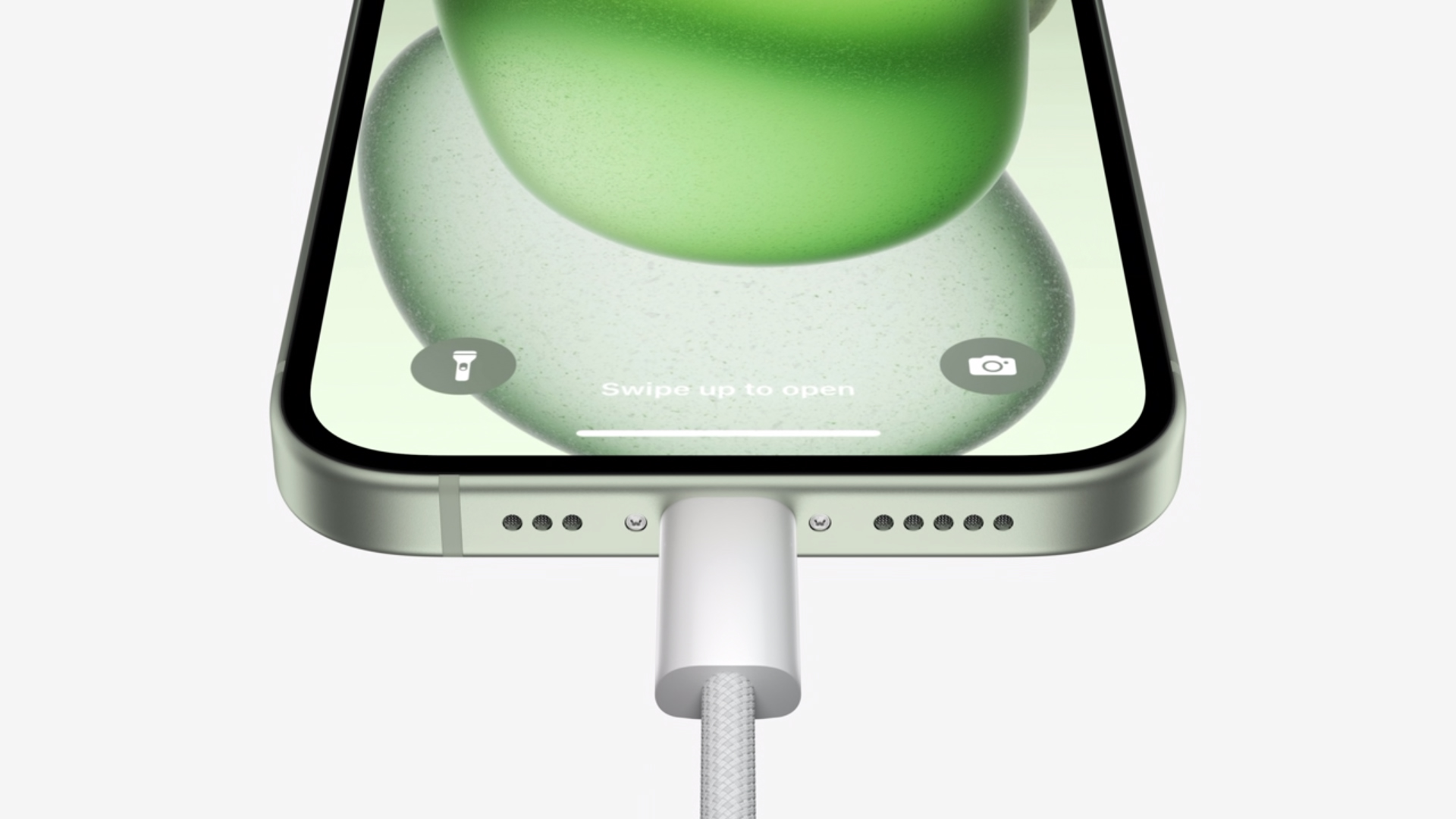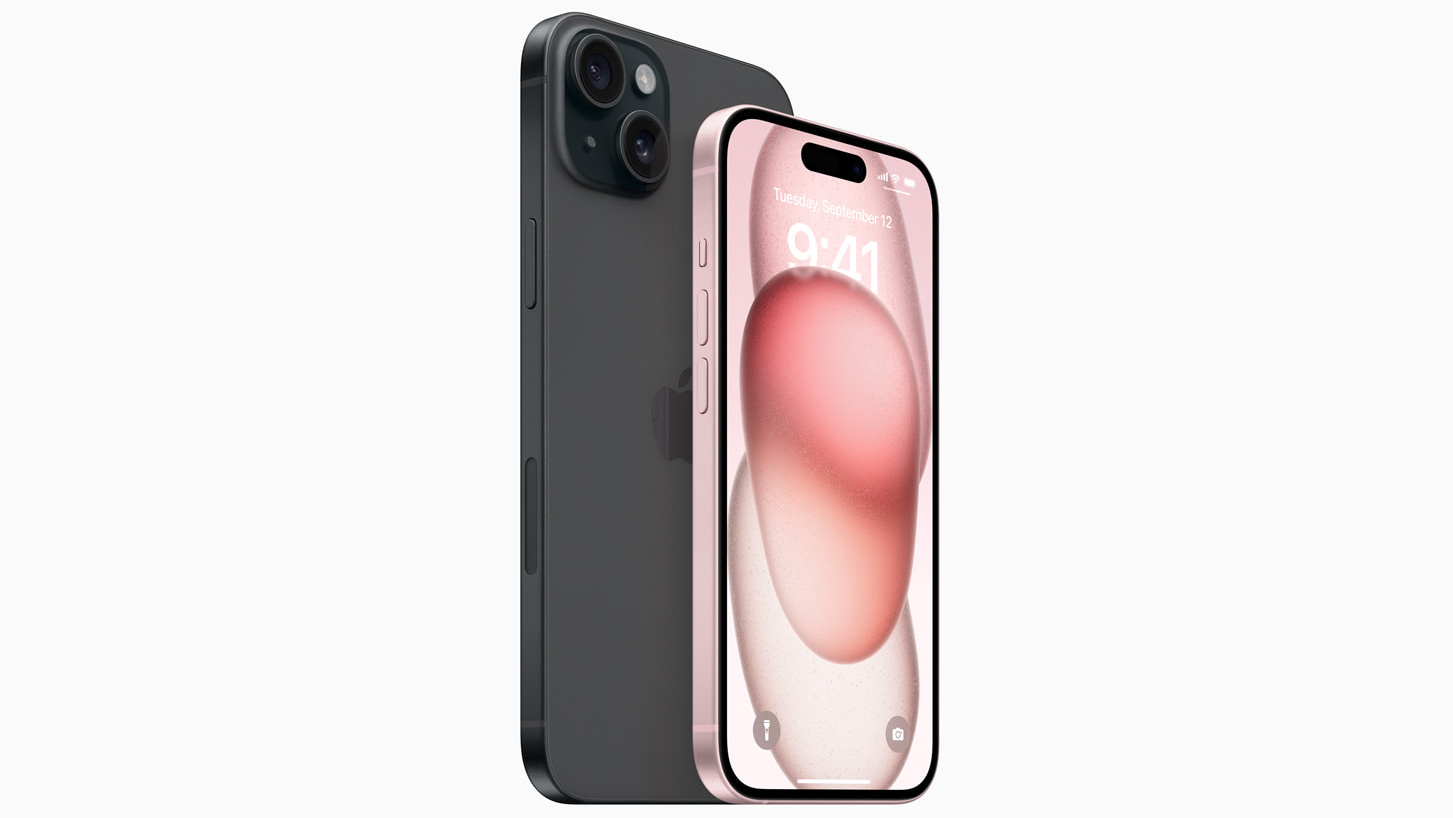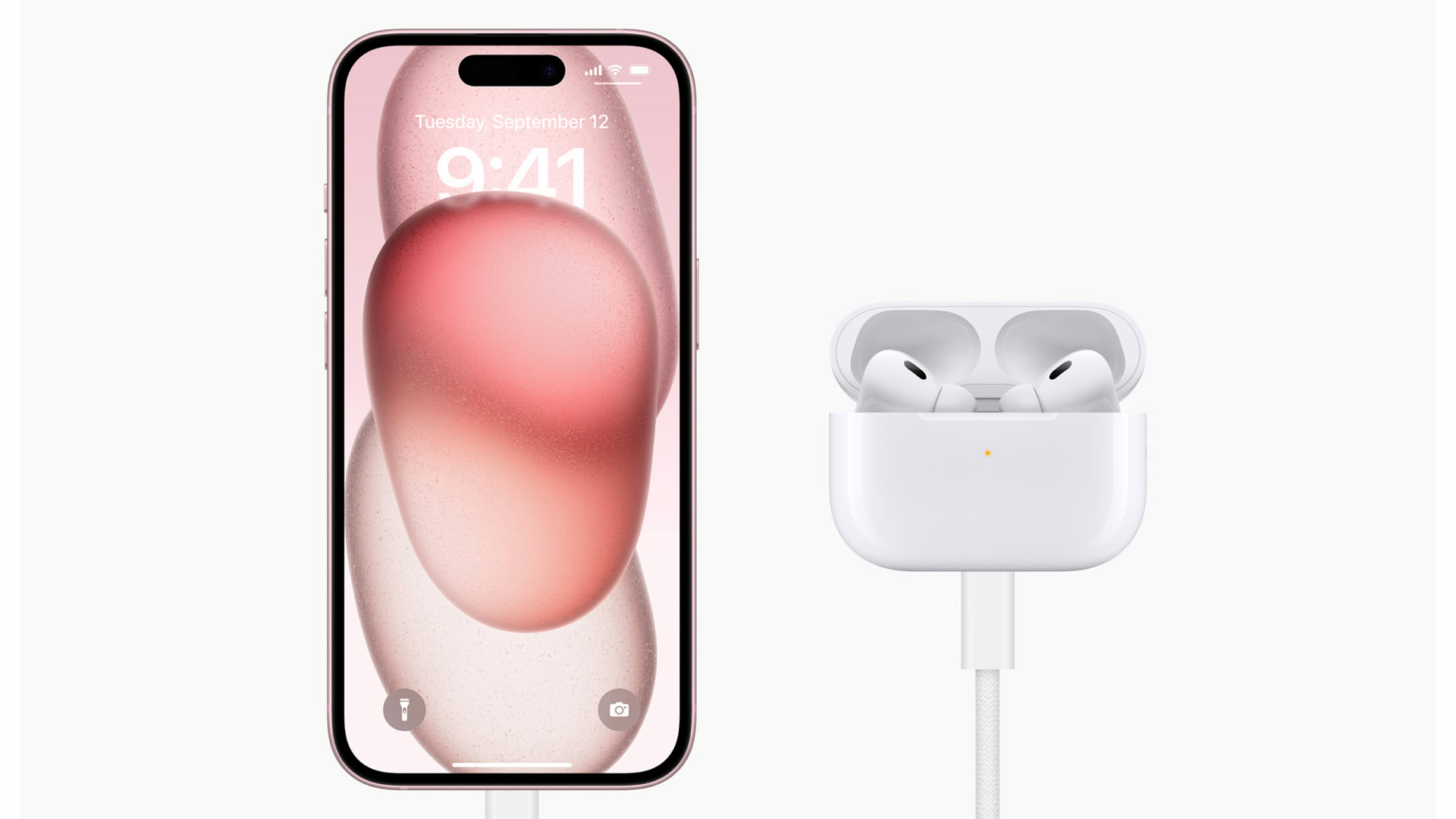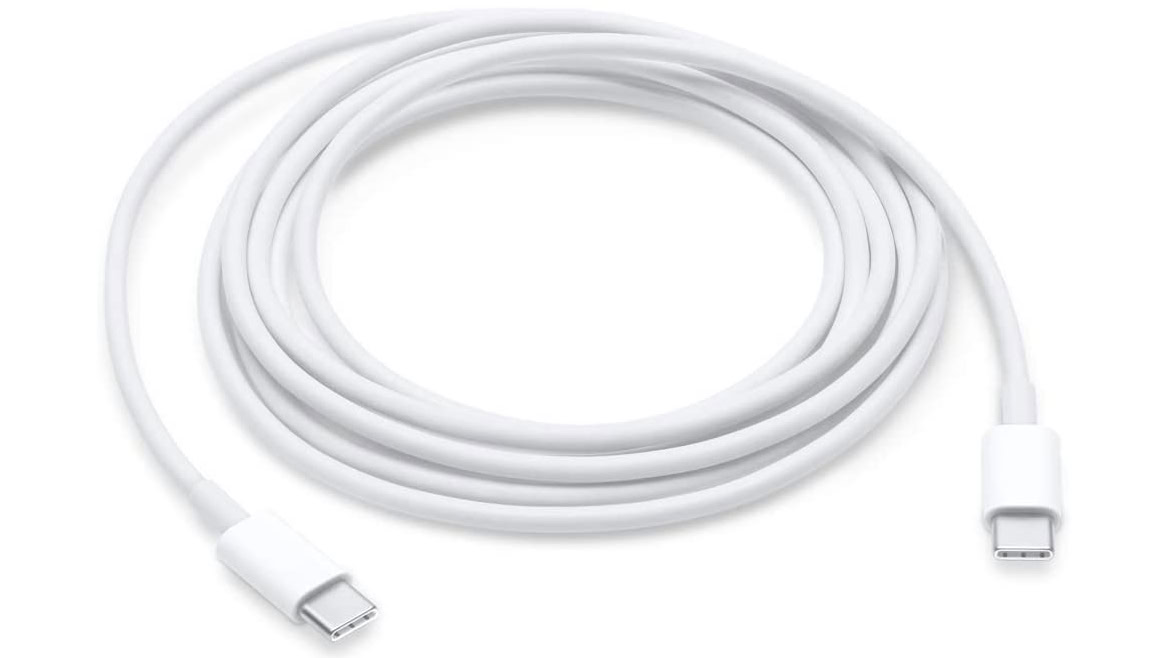Affiliate links on Android Authority may earn us a commission. Learn more.
Here's what we know about USB-C on the iPhone 15 and 15 Pro

For years, one of the greatest criticisms directed at Apple has been its refusal to ditch the antiquated Lightning connector on iPhones for the faster, more flexible, and more commonly supported USB-C format. All modern Android phones rely on USB-C, as do Apple’s own Macs and iPads. At long last, the iPhone 15 and 15 Pro are joining suit — here’s what you need to know about Apple’s implementation.
JUMP TO KEY SECTIONS
Which iPhone 15 models are getting USB-C?

All models are getting USB-C in some form. That includes the iPhone 15, 15 Plus, 15 Pro, and 15 Pro Max. There’s also no regional limitation, despite worries that Apple might only switch in the European Union to comply with legal requirements. Apple isn’t adopting USB-C to modernize its connectors — it’s doing so to avoid losing the European market. It would’ve probably been unnecessarily complicated to maintain separate designs and supply chains for Lightning and USB-C.
What can I do with USB-C on an iPhone 15?

The main purpose of the USB-C port on an iPhone is full-speed charging, faster than the 15W offered by wireless MagSafe accessories. You can use any adapter, dock, or computer that offers USB-C, but you’ll need something rated at 20W or higher to max out power. On the 15 Pro and Pro Max, you may be able to exploit 27 to 29W.
Interestingly enough, one of the other perks is the first example of reverse charging on an iPhone. You can use an iPhone 15 to charge an Apple Watch or the updated USB-C version of the 2nd gen AirPods Pro. Hypothetically, that might extend to other accessories, but those are the only two Apple has confirmed so far. We wouldn’t expect to top up an iPad or an Android phone.
You can also transfer data of course, including copying files, and syncing music and video with macOS or iTunes for Windows. With the rise of services like Spotify and Apple Music, media sync has become less important, but many people still have offline libraries. Sometimes, that includes albums and movies that are hard or impossible to find on subscription services.
Wired file transfer can be especially important on Pro iPhones, which support ProRes video recording, up to 4K at 60fps on the iPhone 15 Pro/Pro Max when connected directly to external storage. ProRes files are enormous, and the last thing a true professional needs is a slow transfer, or one interrupted by bad Wi-Fi.
If you’ve got a monitor with DisplayPort, you can connect that way to see iPhone content on a larger screen. You’ll need some form of USB-C-to-DisplayPort cable or adapter.
How fast is the iPhone 15’s USB-C?

We’ve got some bad news here. On the iPhone 15 and 15 Plus, USB-C is limited to USB 2.0 speeds, which peak at a lethargic 480Mbps. If you’ve got a Wi-Fi 6 router, it’s possible that some file transfers will actually be faster over the air. It also stands at odds with most implementations of USB-C, not to mention the state of the art, which is the 20Gbps or higher possible with USB 4.0.
The 15 Pro and Pro Max support USB 3.2 speeds up to 10Gbps, although not with the cable included in the box. This is an obvious attempt to draw people towards buying a Pro phone, given that even many low-end Macs and PCs support at least the 5Gbps possible with USB 3.1. Whether or not you’re handling ProRes content, 10Gbps could substantially speed up sync and transfers — imagine your iTunes library syncing to your iPhone in seconds rather than minutes.
FAQs
Yes, overall. While Apple is arbitrarily capping charging and data transfer performance on the iPhone 15 lineup, you’ll still get faster 10Gbps data on the Pro and Pro Max, and USB-C is a multi-platform standard. Lightning was designed by Apple, and is exclusive to Apple-compatible devices and accessories.
Possibly, but probably not. Apple and others already tend to use USB-A or USB-C on their chargers, simply asking that you match them with an appropriate cable. Since Apple is bundling a USB-C-to-USB-C cable with every iPhone 15, you may well be good to go.
You should be able to use any cable or adapter, although if you want to hit the 10Gbps transfer speeds possible on the 15 Pro and Pro Max, you’ll need to use a cable supporting at least USB 3.2. Apple doesn’t include that in the box.